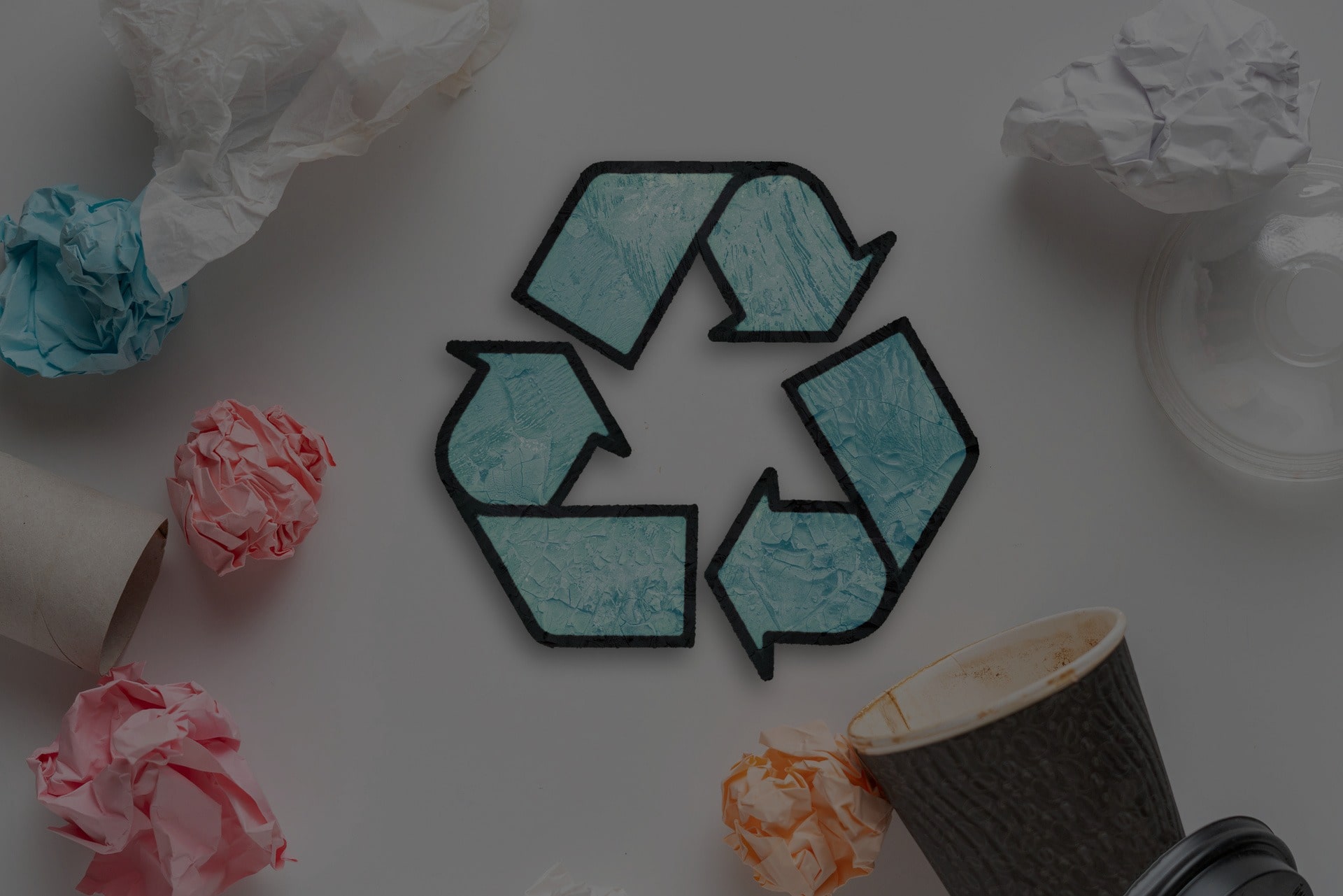Cut Manufacturing Waste –
The management of trash is a constant concern for manufacturing and distribution operations. When compared to other industries, managing waste in manufacturing facilities is more difficult because of various obstacles. It’s because profitable production units need to make decisions.
Overproduction, delivery delays, unnecessary transportation of goods, overstock, flaws, and a number of other problems can result in manufacturing waste. It is imperative to get rid of this trash, thus we have established a number of doable and effective manufacturing waste reduction techniques.
How Do You Lessen Waste?
Here are a few tried-and-true suggestions to help you cut waste:
1. Calculate and Assess Your Waste
Anything that needs to be managed must first be evaluated. Finding out how much trash is created and why is the first step in figuring out how to reduce trash. If you produce a lot of waste of a particular type, start looking for the source of that waste. You can also perform a daily bin audit to determine how much waste is produced and then make the necessary measures to reduce it.
2. Keep Track of The Waste Production Points
The company’s trash is mostly produced by areas including the warehouse, distribution networks, food services, manufacturing facilities, buildings, and production. You can better understand the type of trash being produced and identify what may be reduced, reused, or recycled if you keep a regular check on all of these waste-generating areas.
3. Use an Efficient Production Technique
Examine your incoming supplies for the product shipping before you start the manufacturing process. Try coming up with creative ways to utilize the raw resources and utilize them as effectively as possible. You can also look for things that can be recycled; doing so will lessen waste and save you from having to buy new ones.
4. Reconsider Your Packaging
Waste reduction can also be achieved by changing the product packaging. To reduce packing resources, consider adopting recyclable and reusable packaging. When purchased in bulk, the packaging of many products on the market has already been reduced. It can lower the quantity of garbage created while also enabling you to save money.
5. Take Care of Waste Management Equipment
Look for waste management equipment such as trash compactors, backhoe loaders, excavators, and other types of waste management gears to find out how much garbage is produced. These are widely accessible and dependable. Maintain your equipment in good working order to get the greatest results. If you have outdated equipment, be sure to regularly check its energy level. There’s a chance that it uses a lot of electricity yet generates little waste.
6. Consider Food and Organic Waste
Utilizing food/organic waste is a fantastic additional way to reduce waste. Examine the trash that industrial workers left in the kitchen, the dining area, and other areas where organic waste is produced during production. Methane gas is produced in landfills as a result of the breakdown of food and organic waste. The effectiveness of this potent greenhouse gas is 40 times greater than that of carbon dioxide.
7. Educate Staff on Waste Reduction Best Practices
Simply putting together a plan is insufficient. Every employee at your institution needs to support the program and procedures put in place for it to be successful. Create company publications, experiment with new training methods, and offer incentives for recycling. In order to maximize the impact of the chosen strategy, you can even hold employee meetings. Get in touch with us for further details.






